In a place where you want to do everything, take heed of these no-no’s
From watching the stars to hiking a trail to flying overhead in a helicopter, there are several hundred things to do at Grand Canyon.
On the flip side, there are things that you definitely don’t want to do. The beauty of Grand Canyon can often mask conditions that can pose a degree of danger, activities that require careful preparation, and seasons that necessitate advance planning. So before you go, consider this list of don’ts.
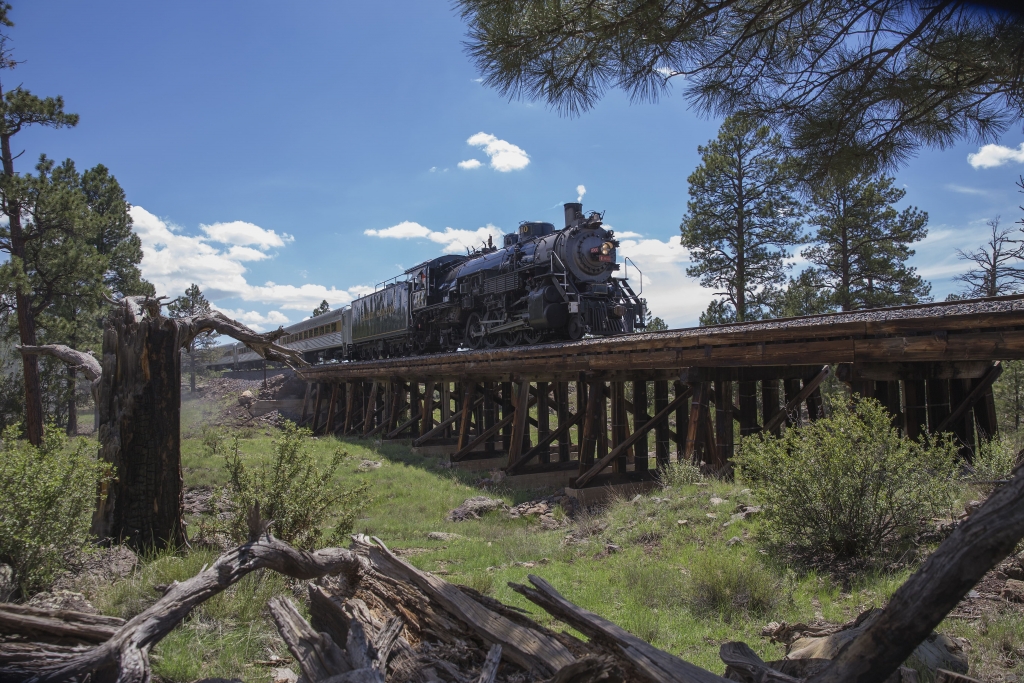
Timing is Everything: Don’t Arrive at Peak Times
The park welcomes millions of visitors a year, which means peak season at Grand Canyon is like peak-peak-peak season anywhere else. And if summertime and Spring Break are the prime times for you to travel, you’ll feel like millions of others showed up on the same day as you. Work the odds in your favor by showing up at the right time.
In peak season, do not arrive any later than 10 a.m. Make sure to get to either of the South Rim entrances no later than 9 a.m. or chances are you’ll be waiting at least an hour just to get past the ranger station. Better yet, leave the car behind.
Stay at the Grand Canyon Railway Hotel in Williams. The town is retro-cool, and the next morning you just have to board the Grand Canyon Railway, which will get you to the park relaxed… and in style.
Liquid Assets: Don’t Neglect to Stay Hydrated
En route to Grand Canyon, you’ll likely notice that you’re crossing what is known as a high desert. The operative word here is “desert.” Wherever you go and whatever you do, water is an absolute necessity. Do not forget to bring water and a refillable water bottle. To feel your best, staying hydrated is very important.
For the sake of the environment, go light on bottled water. Instead, use your refillable bottle and tap into one of the park’s many filtered water stations found throughout the park.
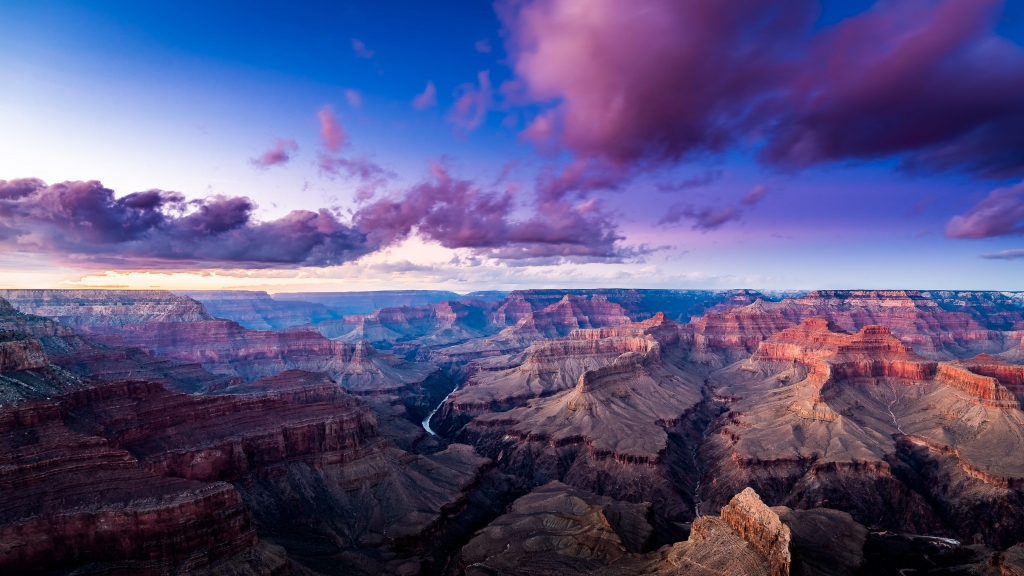
Get an Altitude Adjustment: Don’t Underestimate the Elevation
Remember the term “high desert”? The other operative word is “high.” You may not have noticed as you approached Grand Canyon you were actually ascending an incredibly large mountain known as the Kaibab Plateau. By the time you arrive at the South Rim, you’ve reached an altitude of 7,000 feet. Look across the canyon and the elevation of the North Rim is 1,000 feet higher.
If you’ve arrived from an elevation any lower than 4,000 feet, chances are you’re going to feel the effects of the thin air: shortness of breath, light-headedness, and perhaps a tinge of a headache. So don’t go full tilt right away. Give yourself at least half a day — better yet, a full day — to adjust to the altitude. Just slow down, take your time, and stay hydrated (see above).
Weather or Not: Don’t Forget to Pack for Changing Conditions
Over the course of a year, weather conditions at Grand Canyon run the gamut. Incredibly, they can also run the gamut throughout the day. Do not forget to pack the clothes you’ll need to account for rapidly changing weather. Bring a few layers of clothing because the weather can go from warm one minute to windy or raining or snowing the next.
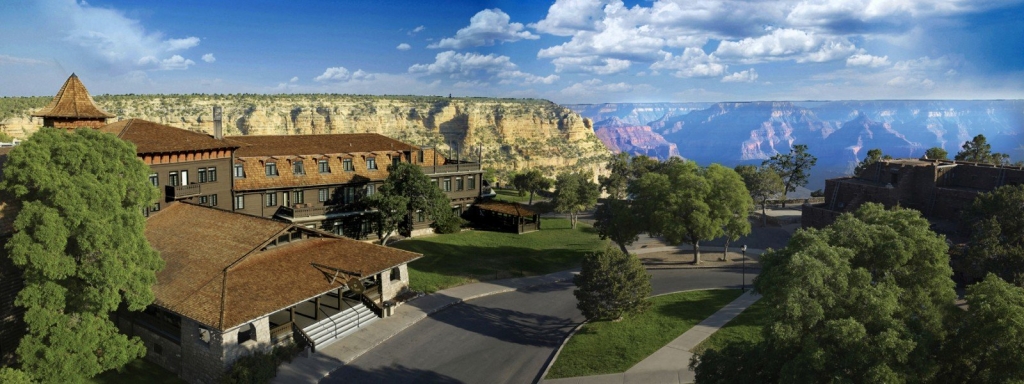
Discover the District: Don’t Miss the Historic Village
By river course, Grand Canyon stretches nearly 300 miles. But for the majority of visitors, it all centers on the Historic District. Do not miss it.
Stretching for about a half-mile along the South Rim, this is where you’ll find many of the original buildings that were created when entrepreneurs realized Grand Canyon was a natural vacation destination.
There’s so much to see. One of the world’s most famous hotels, El Tovar, was built in 1905, as was the Hopi House, which was Mary Colter’s first project in the park. It was part of what earned her the title ‘Architect of the American Southwest.’ Walk a little farther down the Rim Trail and you’ll find the Lookout Studio, which Colter designed in 1914. Rangers and tour desks can provide you with a map for a walking tour that includes history and directions.
Take Cover: Don’t Underestimate the Sun
This one’s simple: Do not forget sunscreen, lip balm, and a hat. The sun can be brutal.
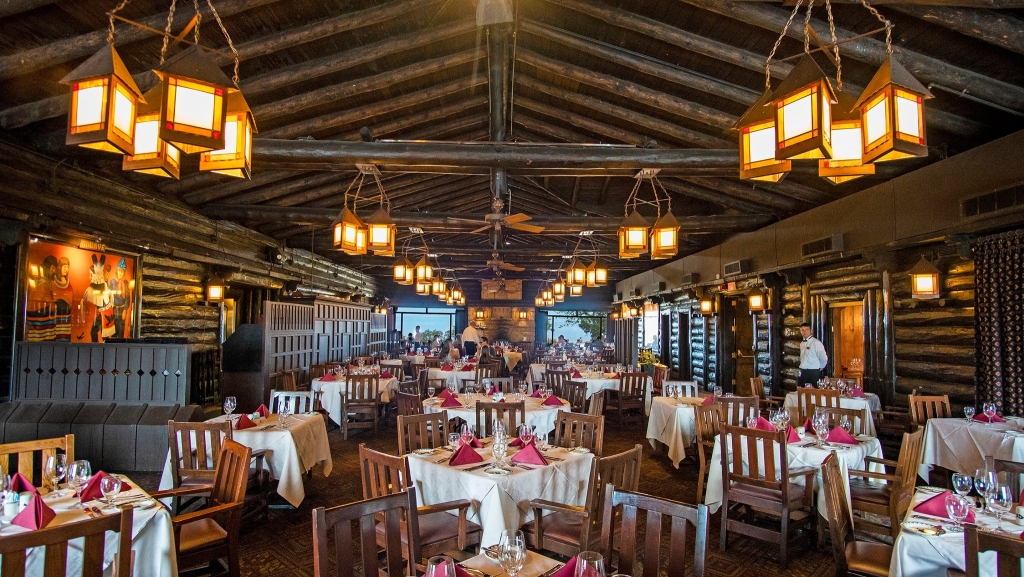
The Most Important Meal of the Day: Don’t Miss Breakfast at El Tovar
For many guests, visiting Grand Canyon fulfills a lifelong dream. To that end, a visit to one of the Seven Natural Wonders of the World should be rewarded with special experiences. One of the most popular is a meal at the El Tovar Dining Room.
The atmosphere in the dining room is exactly what you envision at a national park, the menu is outstandingly diverse, the portions are impressive, and every minute you’re there you can’t help thinking ‘I’m dining on the rim of Grand Canyon…’ It’s a magical experience.
If you can’t make it for breakfast, plan at least one lunch or dinner there.
One Small Step: Don’t Get Too Close to the Rim
While the worn-out joke, “OK – just take one step back…,” when snapping a photo of fellow travelers has had its day, there doesn’t seem to be any sign of its being retired anytime soon. But it does hold a hidden lesson for every traveler.
Do not get close too close to the rim. The views of Grand Canyon are so absolutely mesmerizing they cause some people to lose track of where they are. They’ll climb on a wall, step out on a precipice, or walk to the end of a vista point and show off by pretending to step off… But one false step and you’re never coming back.
So whether you’re posing for a photo, snapping a selfie, hiking on a trail, or anywhere near the rim, do not forget that you have keep an eye on the safety of you and your friends and your family.
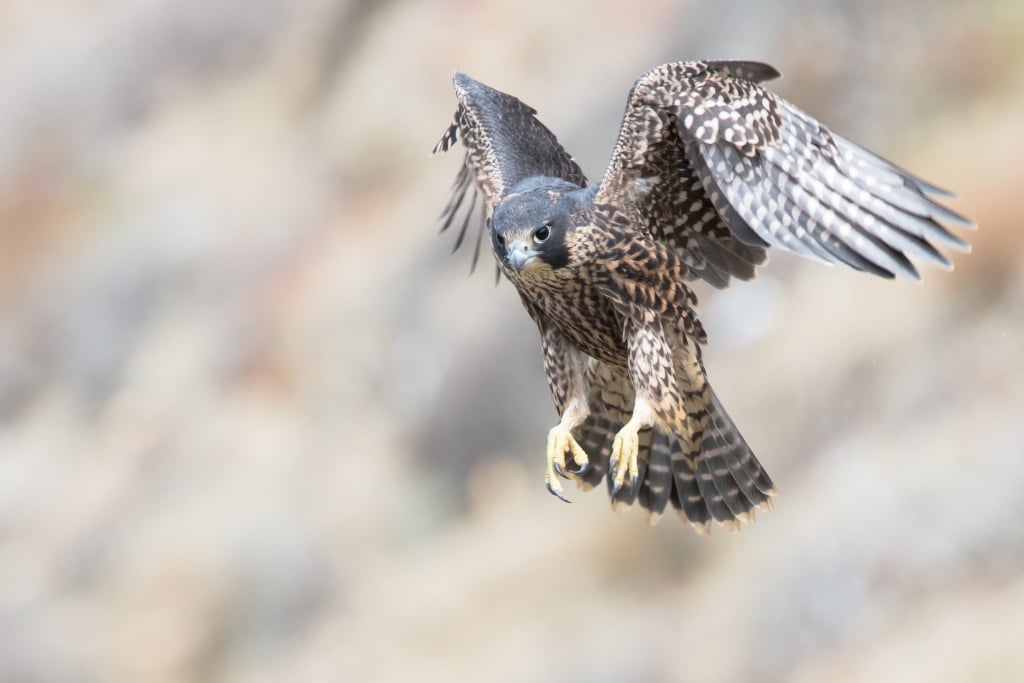
Animal Kingdom: Don’t Encroach on the Wildlife
While the park may seem like a giant zoo, it’s actually the natural home to countless wild species. Keep a long distance from wildlife to maintain your own safety and respect the wild animals you have come to observe.The National Park Service recommends staying “at least 100 feet or about two bus lengths away from elk, deer, bighorn sheep, California Condors, and mountain lions. Keep at least 50 feet or about one bus-length away from other smaller wildlife like squirrels, birds, and reptiles. Stay safe and never assume you are the one that can get away with a close encounter.”
How to Explore
Grand Canyon National Park Lodges provides the premier in-park lodging, managing six distinctly different lodges. From the El Tovar hotel, long considered the crown jewel of national park hotels, to Phantom Ranch, the only lodging on the floor of the canyon, you’ll find accommodations to help you get the most out of your visit to the Grand Canyon. You can also book rafting, railway, and motorcoach tours. For more information and reservations, visit grandcanyonlodges.com or call 888-297-2757.
For more travel experiences available from the Xanterra Travel Collection® and its affiliated properties, visit xanterra.com/stories.


